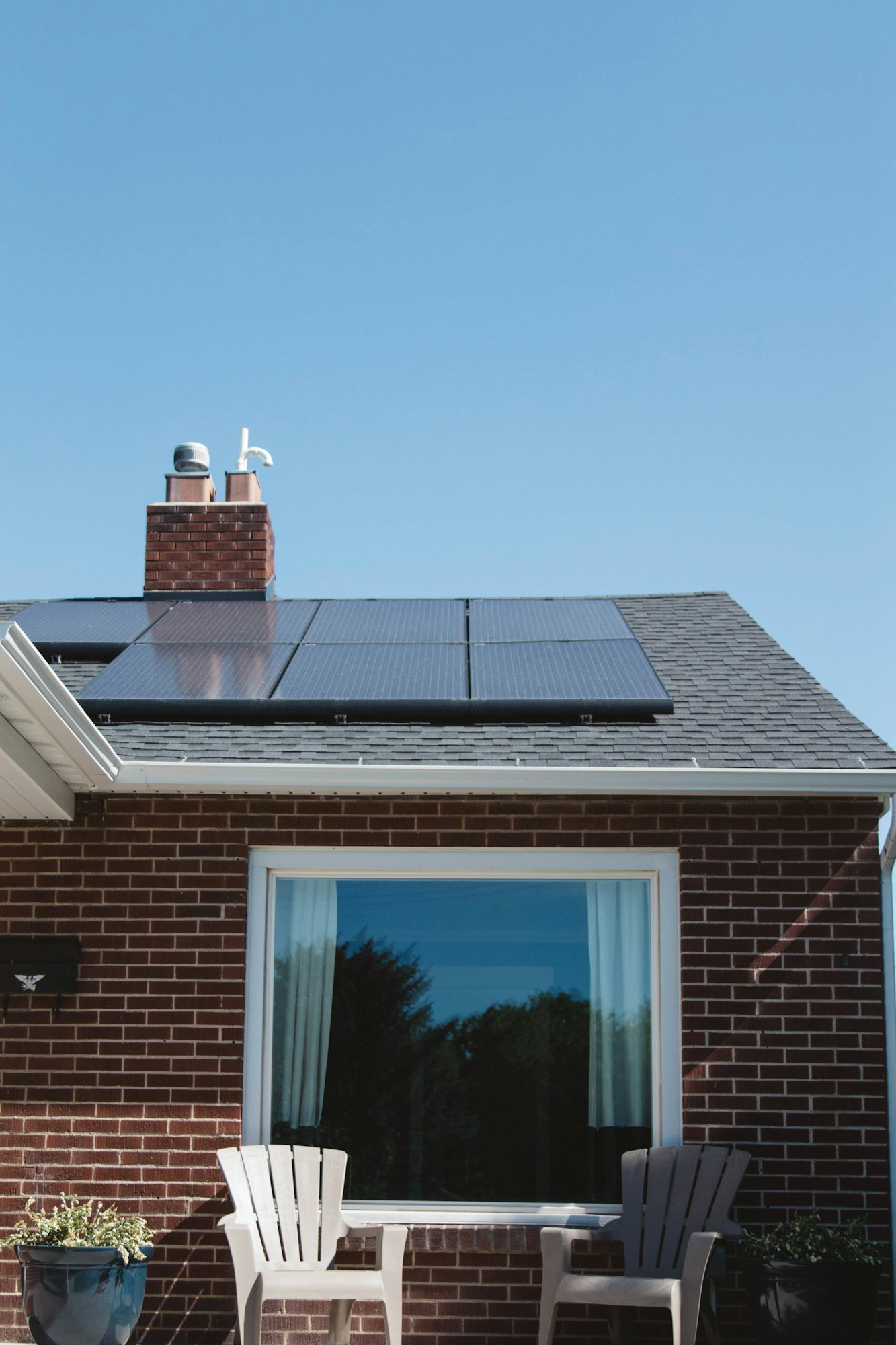In today’s world, where environmental concerns are at the forefront of discussions, creating an eco-friendly home has become a priority for many homeowners. One of the key aspects of an eco-friendly home is the use of sustainable energy options. By harnessing renewable sources of energy, homeowners can not only reduce their carbon footprint but also save money in the long run. In this article, we will explore three of the best sustainable energy options for eco-friendly homes: solar power, wind power, and geothermal energy.
Solar Power

Solar power is perhaps the most popular and widely accessible form of renewable energy for homeowners. By installing solar panels on the roof of a home, homeowners can harness the power of the sun to generate electricity. One of the biggest advantages of solar energy is its abundance and accessibility. Unlike fossil fuels, which are finite resources, sunlight is available in abundance and can be harnessed virtually anywhere in the world.
Advantages of Solar Energy
Solar energy is clean, renewable, and sustainable. It produces no greenhouse gas emissions or air pollutants, making it environmentally friendly. Additionally, solar panels require minimal maintenance and have a long lifespan, often lasting 25 years or more.
Installation Process and Cost
The installation of solar panels usually requires the expertise of a professional solar installer who evaluates the energy requirements of the home, designs a tailored solar setup, and carries out the installation. Although the initial expense of solar installation can be notable, there are multiple financing choices accessible. Solar leases and power purchase agreements are among them, enabling homeowners to adopt solar energy with minimal or no upfront costs. For further guidance on solar options and financing, you can visit energyhelpline.com.
Maintenance Tips
Once installed, solar panels require minimal maintenance. Periodic inspections and cleanings are recommended to ensure optimal performance, but overall, solar panels are incredibly reliable and require little attention from homeowners.
Wind Power
Wind power is another viable option for homeowners looking to generate their own electricity sustainably. Wind turbines can be installed on the property to harness the power of the wind and convert it into electricity. While wind power may not be as widely adopted as solar power, it offers several advantages, particularly in areas with consistent wind patterns.
Benefits of Wind Energy
Wind energy is clean, renewable, and abundant. It produces no greenhouse gas emissions or air pollutants, making it an environmentally friendly alternative to fossil fuels. Additionally, wind turbines can be installed on a variety of scales, from small residential turbines to large utility-scale installations.
Types of Wind Turbines
There are two main types of wind turbines: horizontal-axis turbines and vertical-axis turbines. Horizontal-axis turbines are the most common type and consist of blades that rotate around a horizontal axis. Vertical-axis turbines, on the other hand, have blades that rotate around a vertical axis and are often used in urban environments where space is limited.
Considerations Before Installation
Before installing a wind turbine, homeowners should consider factors such as wind speed, local regulations, and potential obstructions. Ideally, wind turbines should be installed in areas with consistent wind speeds of at least 5-6 meters per second to ensure optimal performance.
Geothermal Energy
Geothermal energy is a highly efficient and environmentally friendly option for heating and cooling homes. By harnessing the natural heat stored beneath the earth’s surface, geothermal systems can provide reliable and consistent heating and cooling year-round.
Explanation of Geothermal Heating and Cooling Systems
Geothermal heating and cooling systems work by circulating a fluid through a series of underground pipes called a loop. As the fluid circulates through the loop, it absorbs heat from the ground in the winter and releases heat into the ground in the summer, providing heating and cooling for the home.
Cost-Effectiveness and Environmental Benefits
While the upfront cost of installing a geothermal system can be higher than other heating and cooling options, geothermal systems are highly efficient and can significantly reduce energy bills over time. Additionally, geothermal energy produces no greenhouse gas emissions or air pollutants, making it an environmentally friendly choice for homeowners.
Installation Requirements
Installing a geothermal system requires drilling into the ground to install the underground loop. The size and depth of the loop will depend on factors such as soil conditions, climate, and heating and cooling needs. While the installation process can be complex, geothermal systems are incredibly reliable and require minimal maintenance once installed.
Comparison of Sustainable Energy Options
When considering sustainable energy options for your home, it’s essential to weigh the pros and cons of each option carefully. Solar power, wind power, and geothermal energy each have their own advantages and disadvantages, and the best choice for your home will depend on factors such as location, budget, and energy needs.
Cost Comparison
In terms of upfront costs, solar power is often the most affordable option, particularly with the availability of financing options such as solar leases and power purchase agreements. Wind power and geothermal energy, on the other hand, may require a more significant upfront investment but can provide substantial long-term savings on energy bills.
Efficiency and Reliability
Solar power and wind power are both highly efficient and reliable sources of renewable energy, particularly in areas with ample sunlight or consistent wind patterns. Geothermal energy, while highly efficient, may have higher upfront costs but offers reliable heating and cooling year-round, regardless of weather conditions.
Environmental Impact
All three sustainable energy options—solar power, wind power, and geothermal energy—have minimal environmental impact compared to traditional fossil fuels. They produce no greenhouse gas emissions or air pollutants during operation, helping to reduce carbon emissions and combat climate change.
